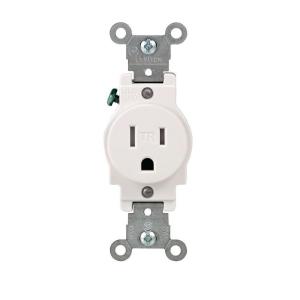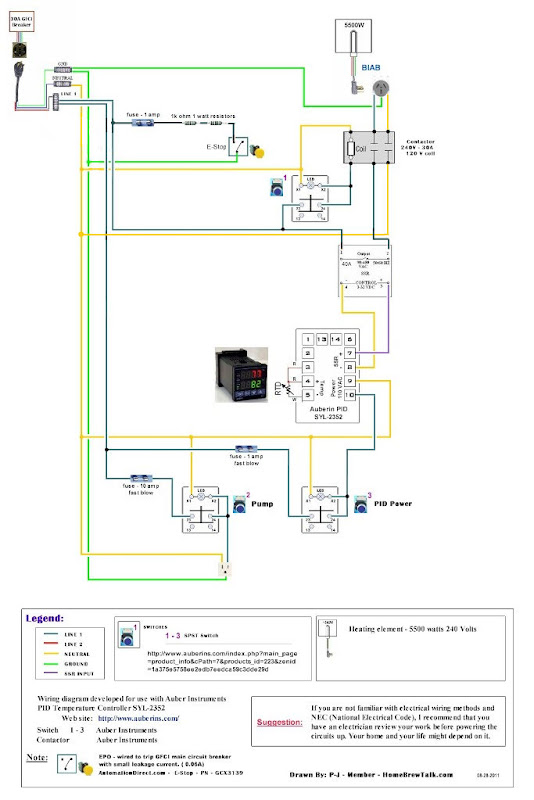johnodon
Well-Known Member
UPDATE: This wiring diagram has gone through a few different revisions since this thread had started...mainly around the wiring of the switches. I have updated the OP with the latest (and hopefully) final diagram (from post #17).
I am in the process of moving from propane to electric. P-J has been an incredible help (behind the scenes) with the control panel wiring. I thought that there may be others out there that want to build a similiar system so I figured I would post the wiring diagram that P-J provided to me (hope you don't mind P-J).
BIAB, 5500W, Single Vessel, Simgle Pump with these illuminated switches from Auberins: http://www.auberins.com/index.php?m...id=223&zenid=ab8093581ddb0f3995d65247c34d338a

I know I thanked you many times via PM P-J, but, once again...THANK YOU!!!
John
I am in the process of moving from propane to electric. P-J has been an incredible help (behind the scenes) with the control panel wiring. I thought that there may be others out there that want to build a similiar system so I figured I would post the wiring diagram that P-J provided to me (hope you don't mind P-J).
BIAB, 5500W, Single Vessel, Simgle Pump with these illuminated switches from Auberins: http://www.auberins.com/index.php?m...id=223&zenid=ab8093581ddb0f3995d65247c34d338a

I know I thanked you many times via PM P-J, but, once again...THANK YOU!!!
John












